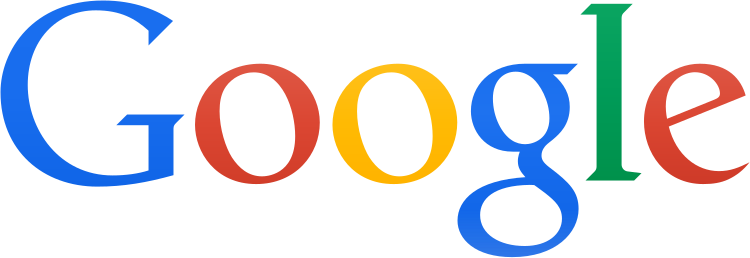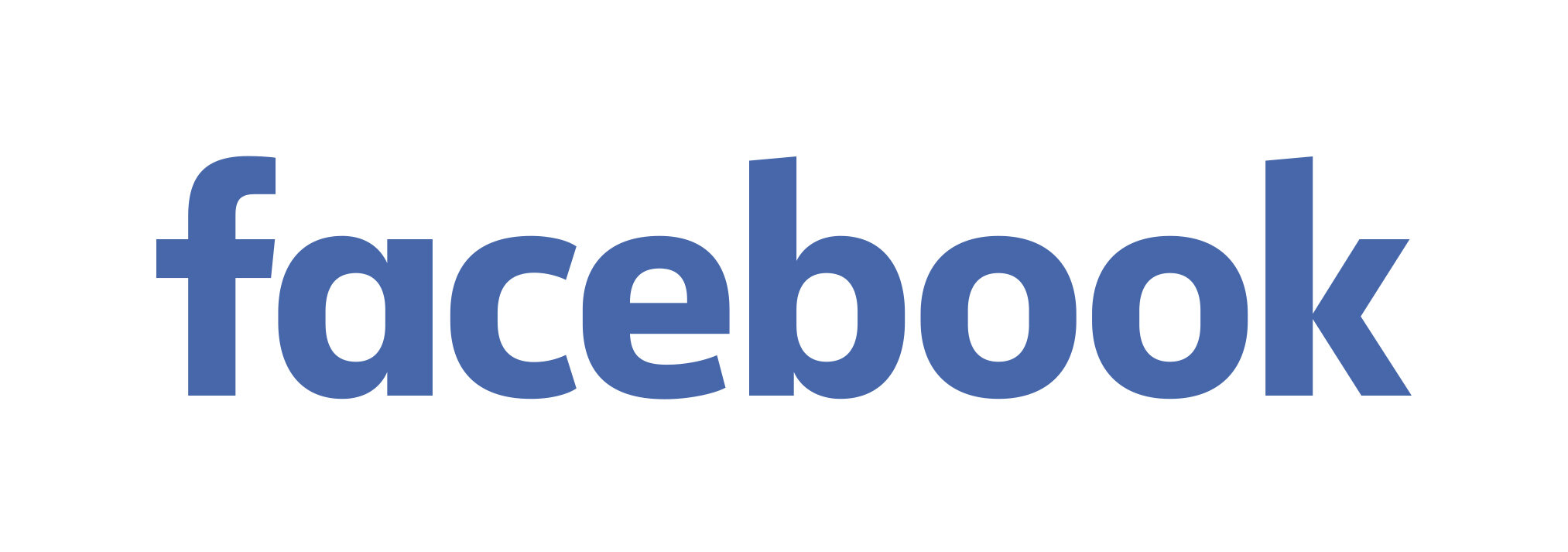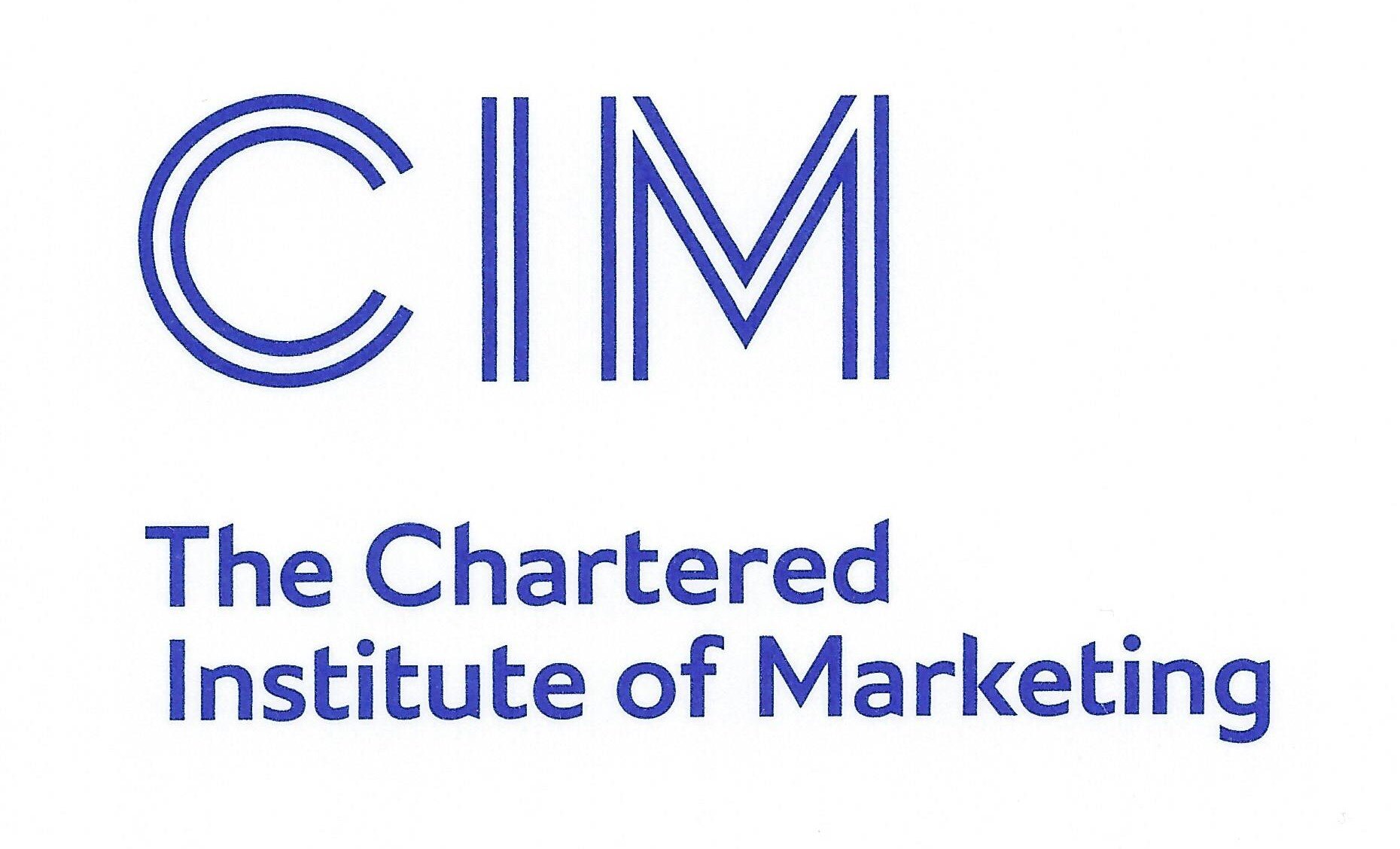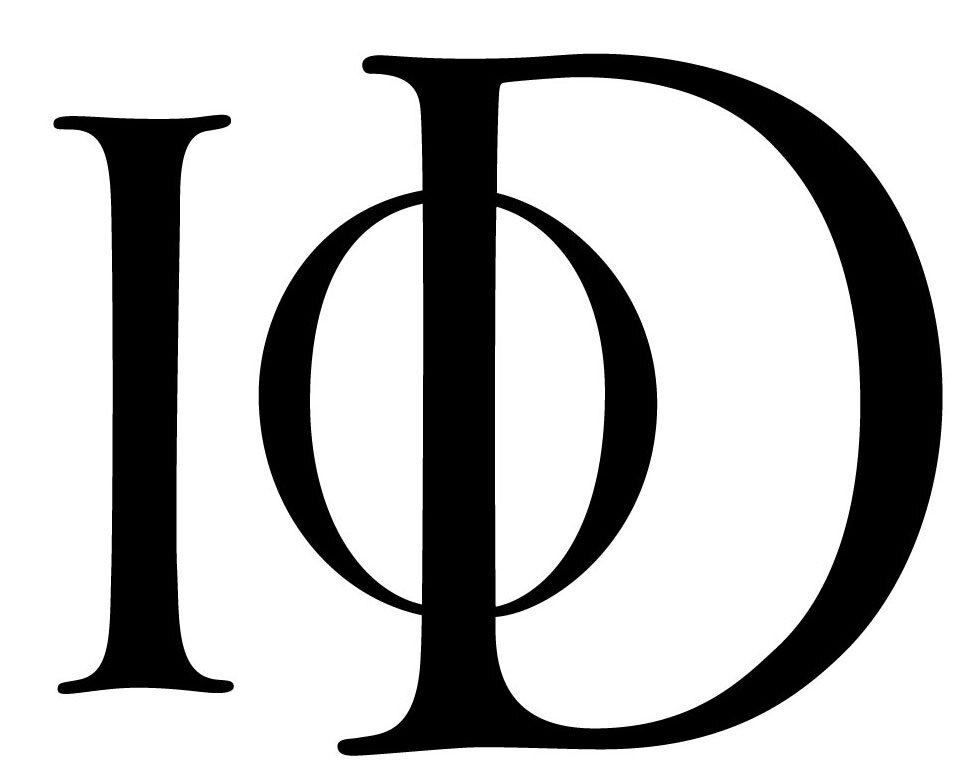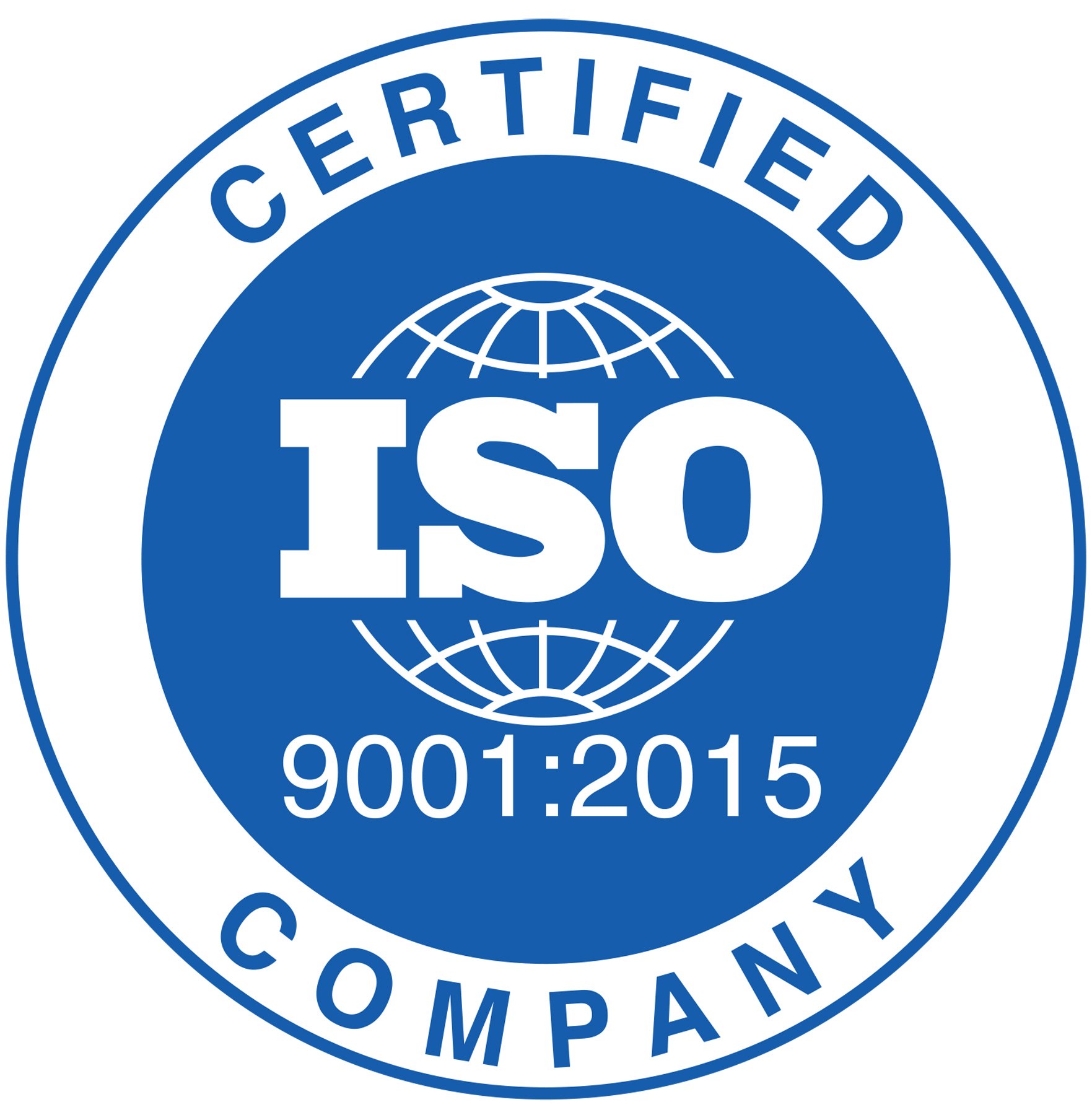If you have a traditional retail business, you've probably wondered if it would be a good idea to open an Ecommerce store. And if you already have an online store, you've likely considered what it would take to open a physical location, which seems to help build people's trust.
In this article, we aim to discuss the differences between these two categories of businesses—traditional commerce versus Ecommerce—and what a marketing strategy might look like for each of them.
Physical and Online Presence
Traditional commerce refers to sales made physically at a specific location, such as a store or a market. On the other hand, e-commerce involves buying and selling goods and services over the Internet. Ecommerce doesn't require a physical location and can be accessed from anywhere in the world.
Cost Involved
While traditional commerce can involve various costs such as rent, utility bills, and employee salaries, e-commerce offers a relatively inexpensive and financially advantageous start, initially involving only costs related to creating and hosting an online store. The costs of a physical store are much higher than those of an online store, as are the personnel and time efforts.
Operating Hours
While a traditional store's location will be limited to specific operating hours, an online store is available 24/7. This is a significant advantage because customers can purchase products at any time of day or night, instead of scheduling a visit to a physical store.
Personalized Experience
Traditional commerce provides the advantage of seeing the product before purchasing it, as well as a more personal interaction with the seller. However, Ecommerce can offer a personalized experience through customer purchase data. Additionally, Ecommerce businesses can provide personalized product or service recommendations based on stored cookies or customer profile data.
Maintenance and Support
Traditional commerce has the advantage of being able to provide quick support for the product or service sold or even offer on-site maintenance. On the other hand, this is not possible with Ecommerce because all purchases are made online, extending the process of returning and investigating a defective product. However, this process can be easily managed through customer support platforms.
Now that we've discussed some differences between e-commerce and physical stores, let's look at how marketing strategies differ for these two types of businesses.
Communication
One of the biggest differences in promoting these two types of businesses is their communication. In traditional business marketing, companies often rely on printed publications, TV or radio ads, in-person events, and PR. In contrast, e-commerce businesses communicate through online content, typically in the form of social media ads, email marketing, or blog articles. Traditional marketing makes it easier to convey persuasive messages, with "word of mouth" being the most powerful tool. On the other hand, online marketing can efficiently identify specific customer groups, allowing messages to be tailored to their preferences.
Target Audience
Because communication methods are so different, the target audience also differs. In marketing for traditional businesses, companies tend to address a larger number of people, making it much more challenging to filter the individuals who enter the store. In the case of Ecommerce, the target audience is known even before the business opens. You already know who your potential customers are, what their desires are, and why they need your products or services – and you can easily target them through paid ads that help attract them to your website.
Performance Evaluation
One of the biggest differences in marketing strategies is the evaluation of results. In the online world, Ecommerce businesses can easily measure the success of ads through data analysis and feedback. Physical stores quantify the impact of advertising and marketing zones with much more difficulty, and KPIs are different. Sales, the number of customers who visited your store, sales per employee, or customer satisfaction are just a few indicators that measure a store's performance.
Marketing Costs
Marketing costs can vary significantly depending on the advertising or marketing campaign type used. Traditional advertising, such as radio or TV commercials, is often very expensive. On the other hand, online advertising campaigns tend to use more accessible and cost-effective channels with flexible budgets. Costs are much easier to manage, control, and adapt easily according to the allocated budget.
Depending on your resources and the nature of your business, you can choose one of these ways to develop your business. There are always opportunities to use the most effective marketing methods to evolve and reach the top of searches. Focus on providing a unique experience, delivering compelling and personalized messages, and offering the highest quality products or services. And if you need help, don't hesitate to seek the assistance of an experienced marketing agency.



